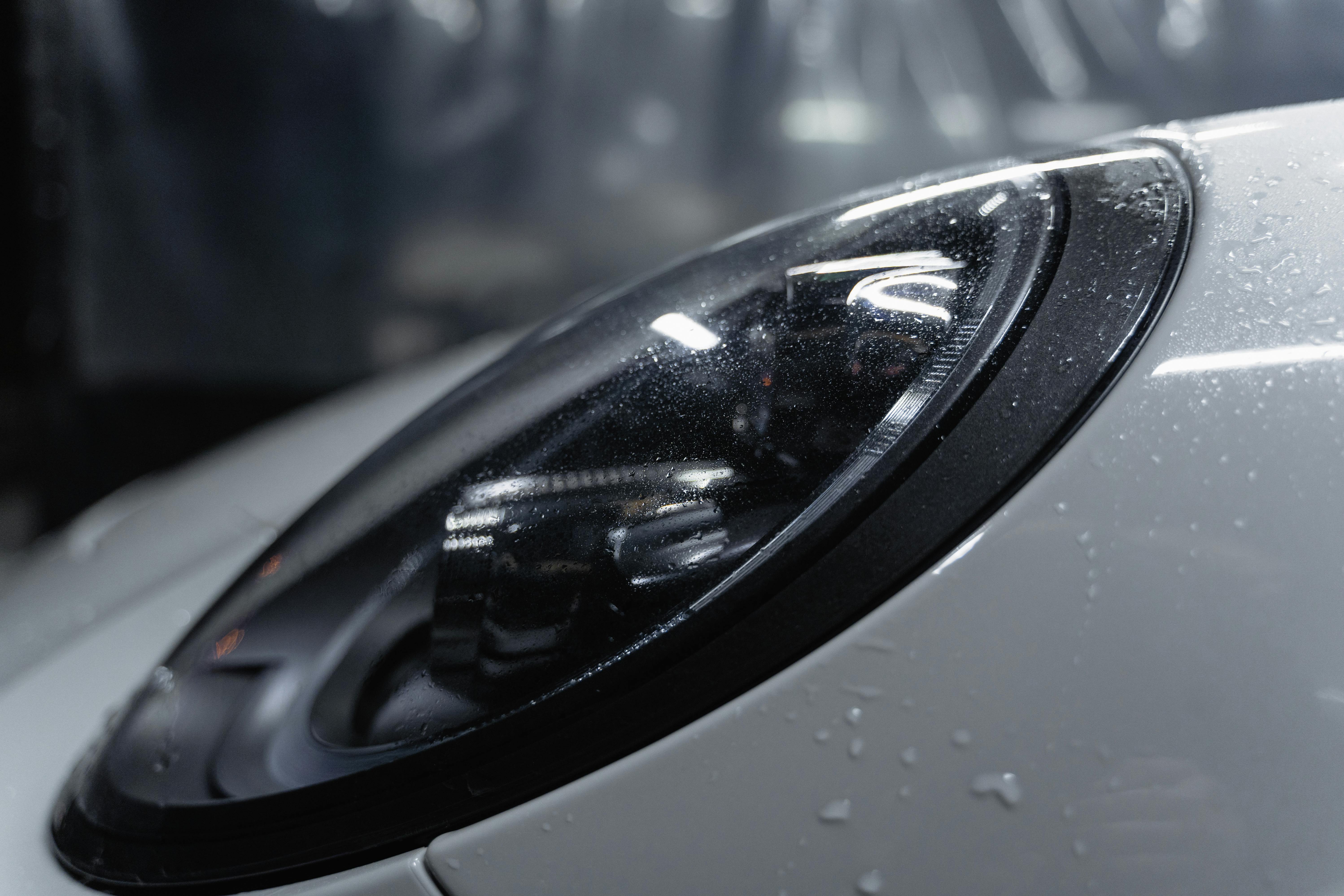Clockmaking in Scotland was not recognized as a separate trade until around 1640. In Aberdeen in 1618 there were only three clocks, “the Kirk Knok, the Tolbooth Knok and the College Knok, all out of repair because they were old and worn “. and partly due to the lack of able men to attend to them”.
In “Old Scottish Clockmakers” John Smith gives an account of the progress of craftsmanship in Scotland. Clockmakers were recognized as a branch of the Hammermen in 1646 in Edinburgh, 1649 in Glasgow, 1753 in Haddington, and not until 1800 in Aberdeen.
After 1700 the art and craft of watchmaking increased so that by the end of the 18th century Scotland was able to produce works of the highest quality. For several years until the 19th century, a high level of craftsmanship in the work was the rule; but with imports of movements and parts, the practice of assemblage became more and more the rule, and so by 1850 or so the trade declined.
This and cheap American and other imports combined to extinguish an industry and a class of craftsmen that were as necessary in every town and city as the doctor or the minister. The low price of these imported movements made it impossible for native Scottish craftsmen to compete, and with a wave of erroneous prejudice rising against the preservation of long-case watches, large numbers were destroyed for no reason other than to consider them antique. formed”.
Like the German watchmakers, the Scottish candidate for entry into the Guild had to make a watch to prove his skill and gain entry among the Free Men. There were several highly distinguished Scottish manufacturers: men like Humphrey Mylne, 1661; Andrew Brown, 1665-1711; Alexander Brownlie, 1720-39; James Cowan, 1760-81; John Smith, 1770-1809; George Munro, 1750-99; Paul Roumieu, 1692-1710; Thomas Gordon, 1703-43; being just some of them.
Many more Scottish watches made it to America than most people realize and even today there are many long case watches that not only bear the maker’s name on the dial plate but also “Corbals” which is a suburb of Glasgow, where there was apparently a clockwork
During the 18th century, the center of Edinburgh’s watchmaking was Parliament Square, where shops hung from the walls of the great building, like swallows’ nests. One of the many gifted Scottish watchmakers was James Cowan of Edinburgh, known for his beautiful, richly carved mahogany cases. He was apprenticed to Archibald Straiton, Edinburgh, from February 4, 1744, and was admitted as a freelance watchmaker to the Edinburgh Hammermen in 1754. He then went to Paris and studied under Julien le Roy and to London to further study his craft, and returned to Edinburgh. 1760 and opening his own business. His knowledge of his trade not only gave him a great and extensive business connection, but also brought him many apprentices. One of them, and probably the most famous, was Thomas Reid, who succeeded the company to him in 1781, at the time of Cowan’s death.
Andrew Leadbetter apprenticed to Andrew Clark, Edinburgh, 1764 and later settled in Congleton, England, and made many good and substantial clocks, some of which made their way to America. Another Scottish watchmaker, William Robb, of Montrose, who was working in 1776, made very beautiful watches, the shape of the case was a bit French, with two urns and an eagle in brass as decorations.
Owners of these Scottish watches are sometimes anxious to find out if they are from “good makers”. as the Scottish watchmaking industry doesn’t seem all that well documented, but I say “any watch, no matter who made it, that lasts two hundred years or more is a good watch!”
In many cases, particularly with field manufacturers shipping their watches to overseas customers, the neighborhood carpenter or cabinetmaker was expected to make the case. In the early years many Dutch movements were shipped to England and Scotland without the cases, these were really bulky and the movements were often hung up without the owner bothering to make a case. Such watches ran until dust and dirt clogged their wheels and they stopped. If the owner were a clever man, he could clean them up and get them going once more. Clocks such as these are often called in provincial communities by the quaint name “bum on the wall” and many such but much more elaborate Dutch clocks found their way across the Atlantic to America. The movements were framed, the case and the stand the watch stood on were elaborately carved and painted. In some localities these were called Frisian clocks, although they also came from other parts of the Netherlands.



